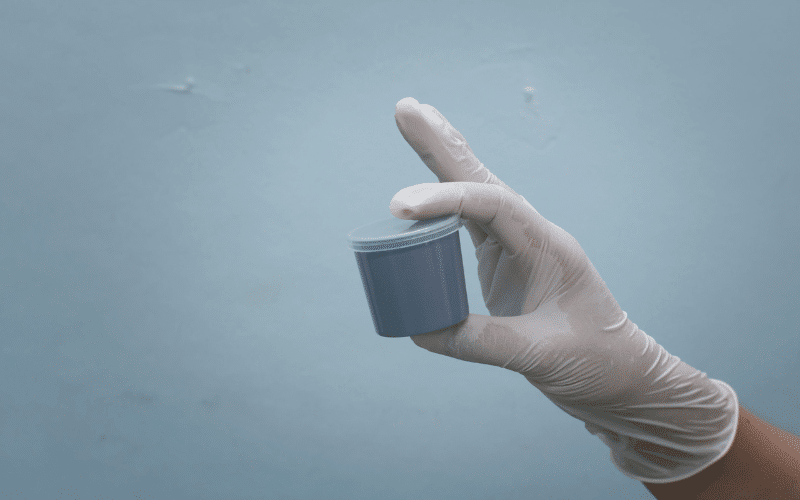Symptom 8: Pale, Bloody, or Tar-colored Stools: A Startling Sight in the Toilet Bowl

Liver damage can manifest in various ways, including changes in stool color and consistency. If you notice pale, bloody, or tar-colored stools, it can be a cause for concern and should be addressed promptly.
Pale Stools: The liver produces bile, a substance that helps break down fats and gives stool its characteristic brown color. When the liver is not functioning properly, there may be a decrease in bile production or a blockage in the bile ducts, leading to pale or clay-colored stools. This change in color can be a sign of an underlying liver problem and warrants further investigation.
Bloody Stools: The presence of blood in the stool can have various causes, and liver damage is one of them. When the liver is compromised, it can affect blood clotting factors, leading to a higher risk of bleeding in the gastrointestinal tract. Blood in the stool can appear bright red or tarry, depending on the location and severity of the bleeding. It is important to seek medical attention if you notice blood in your stools, as it can indicate a potentially serious condition.
Tar-colored Stools: Stools that appear dark, almost black, and have a sticky, tarry consistency can indicate bleeding in the upper gastrointestinal tract. This type of stool, known as melena, occurs when blood is partially digested by stomach acid. Melena can be associated with liver damage and should be evaluated by a healthcare professional.(8)